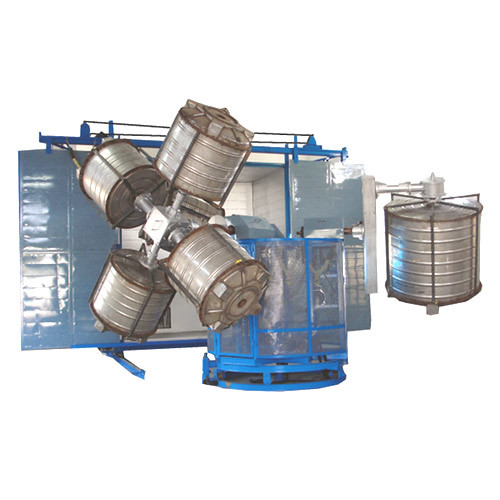
Rotational molding, sometimes called rotomolding, is a flexible production approach employed to generate hollow plastic-type parts. From manufacturing tanks and storage containers to playthings and leisurely devices, rotomolding offers a inexpensive answer for making a wide array of items. Here’s all that you should understand about this progressive production strategy.
How Rotomolding Operates
Rotomolding involves four key steps: mold reloading, home heating, chilling, and component eradication.
Mildew Packing: A precise quantity of polymer resin in natural powder kind is filled in a hollow mold.
Warming: The mildew is rotated biaxially inside an stove whilst getting heated up. Since the fungus rotates, the powder resin coats the interior surface area, melting and creating a uniform level. The temperature leads to the resin to fuse and follow the fungus wall space.
Cooling down: As soon as the wanted density is obtained, the mold is cooled whilst still in movements, solidifying the plastic-type into the wanted form.
Aspect Removal: Following cooling, the done part is taken off through the mildew, ready for just about any necessary completing touches.
Features of Rotomolding
Design and style Overall flexibility: Rotomolding permits complicated styles and complex styles to get developed without the need for extra tooling or assemblage.
Price-Efficiency: When compared with other production processes like injections molding, rotomolding typically calls for reduce upfront tooling fees, making it perfect for modest to method production runs.
Substance Flexibility: A wide range of polymers can be used in rotomolding, which includes polyethylene, polypropylene, and PVC, offering overall flexibility in substance choice for specific application needs.
Sturdiness and Durability: Rotomolded components demonstrate outstanding power-to-bodyweight ratios, causing them to be suited to challenging programs like car elements and manufacturing storage containers.
Applications of Rotomolding
Rotomolding discovers programs across numerous sectors:
Vehicle: Gasoline tanks, air flow tubes, and interior components.
Business: Storing tanks, agricultural storage units, and materials coping with devices.